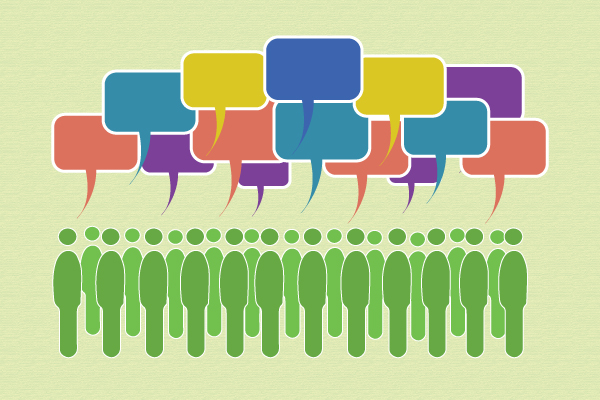A lot of marketers like love to use the phrase “multichannel marketing.” Not many marketers admit that this phrase is overused. This phrase is overused! We all have that boss, colleague, or friend who speaks exclusively in business cliches, right? Phrases like the following tend to make me cringe: “Move the needle,” “Too many cooks in the kitchen,” “Scalable,” “Drinking from a fire hose,” and my personal favorite, “Let’s put lipstick on this pig.” So is “multi-channel marketing” just another “groaner” of a cliche or is there something more for us marketers?
Let’s dig deeper: What do marketers mean when we talk about ‘multichannel marketing?’ At its essence, ‘multichannel’ is exactly as it reads: multiple channels. What’s a channel? A channel is the medium or platform through which we are reaching our audience. In the marketing world, this typically refers to platforms like company web pages, email, video, social media, organic search and sponsored listings on Google (PPC) or other websites. It can also refer to more traditional media like events, TV, radio and print publications. Marketers often use it to suggest a form of marketing that is integrated across channels; in other words, campaigns “talk” to each other.
One simple example of how a message can cross platforms is when any campaign is used in conjunction with email. It is often the common thread across other marketing media because it can be used to promote any message or link to any other valuable information or assets (e.g., a video, a product/service, a corporate homepage, a special offer, an event registration, a social media profile).
I think the greater significance in all the hype around channels or ‘holistic marketing’ is having knowledge of how to effectively coordinate messaging among the vast array of digital outlets … and how to connect the digital to the traditional (or online to offline) when applicable. For example, attending a trade show or conference these days can involve company print ads, brochures, signs, banners, merchandise, mobile devices, social media, blogging, email campaigns, lead-collection, and landing pages—all of which should be interrelated in some way to promote consistent messaging and branding.
This is where marketing automation can save marketers time. Marketing automation platforms make it easier to not only create and coordinate these campaigns across different spaces (real and virtual), but also track the expenses and return-on-investment. As a result, traditional activities like event marketing can cast a wider net and be measured with a more precise gauge of profitability because you can nurture (with quality content) and track sales leads from the moment of shaking hands at your company sponsor table to the signing of a contract potentially one year later. Offering prospects this type of value and your CFO or chief revenue officer this type of accountability both increases the productivity of “traditional” marketing and enables the justification of your marketing budget down to the dollar.
So, the next time you hear somebody talk about “multichannel marketing,” get beyond the surface (and the cliches) and recognize some of the real potential of today’s brand of not just email marketing…not just digital marketing…not just marketing automation…but full-blown Customer Lifecycle Marketing!

